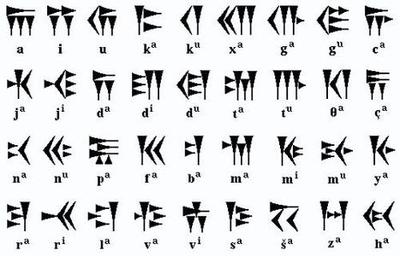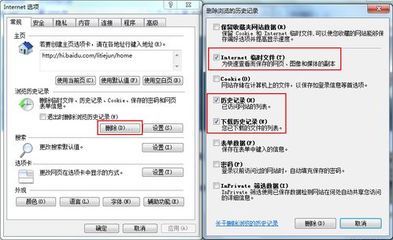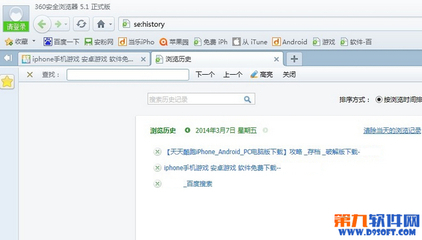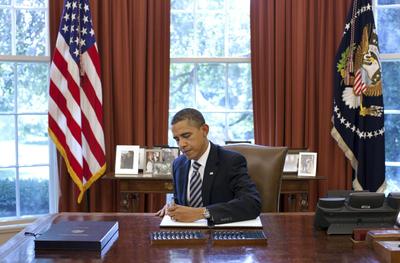Proto-CanaanitePictographs原迦南象形文字 | ||||||||||||||||||||||||||||||||||||||||||||
Like other ancient writing systems,the Hebrew alphabet originally was written using a pictographicscript: | ||||||||||||||||||||||||||||||||||||||||||||
| 和其他古老的书写系统文字一样,希伯来文的字母原初也是一种象形文字: | ||||||||||||||||||||||||||||||||||||||||||||
 | ||||||||||||||||||||||||||||||||||||||||||||
The PhoenecianScript腓尼基字母 | ||||||||||||||||||||||||||||||||||||||||||||
The Phoenician alphabet developedfrom the proto-Canaanite alphabet, which was created sometimebetween the 18th and 17th centuries BC. | ||||||||||||||||||||||||||||||||||||||||||||
| 腓尼基字母是从迦南文字母发展过来的,开始使用的时间大约是在公元前17~18世纪。 | ||||||||||||||||||||||||||||||||||||||||||||
The Proto-HebrewScript原希伯来字母 | ||||||||||||||||||||||||||||||||||||||||||||
This is also called early AramaicScript. The key extant example is the Moabite Stone. This was theHebrew (ketav Ivri) used by the Jewish nation up to theBabylonian Exile (or, according to Orthodox Jews, until the Exodusfrom Egypt). At the end of the 6th century BCketav Ivri was replaced by the Hebrew square script (ketavmeruba). | ||||||||||||||||||||||||||||||||||||||||||||
| 古典希伯来字母也称阿拉米字母,其中典型的例子是摩押石板。这种希伯来文从犹大王国直到巴比伦时期。公元前6世纪左右开始被方体希伯来字母取代。 | ||||||||||||||||||||||||||||||||||||||||||||
Note: Ke tav Ivri was usedduring in the First Temple period and as a symbol of nationalisticrevival in the Second Temple Period. A modified version of thisscript (Samaritan) is still extant today (see next). | ||||||||||||||||||||||||||||||||||||||||||||
The SamaritanScript撒玛利亚字母 | ||||||||||||||||||||||||||||||||||||||||||||
While the Jews adopted the Aramaicalphabet (under the leadership of Ezra the Scribe), the Samaritansheld on to the original forms of proto-Hebrew, perhaps to showthemselves the true heirs of Judaism. For this reason Ezra chosethe Aramaic square script (called Ketav Ashuri or KetavMeruba). | ||||||||||||||||||||||||||||||||||||||||||||
Classical Hebrew Script (ketavAshurit)标准希伯来字母 | ||||||||||||||||||||||||||||||||||||||||||||
After the Babylonian captivity, ketavAshurit was adopted by the Jews (under the leadership of Ezra theScribe) and called Leshon HaKodesh (the holy language). Thiswas done probably to distance themselves from Samaritanism. TheAramaic characters were chosen as the official script for the Torahscrolls in the 5th century BC (the Dead Sea Scrolls (DSS) werewritten during a transitional period where both the older ketavIvri script is used with ketav Ashurit). | ||||||||||||||||||||||||||||||||||||||||||||
Modern HebrewCursive现代希伯来手写体(草书) | ||||||||||||||||||||||||||||||||||||||||||||
The modern Hebrew script (used inIsrael today) derives from Polish-German Jews. | ||||||||||||||||||||||||||||||||||||||||||||
Rashi-Style Hebrew拉希体希伯来文 | ||||||||||||||||||||||||||||||||||||||||||||
The Rashi style is used mainly to write commentaries on texts. Itis named in honor of Rabbi Shlomo Yitzchaki (1040-1105 AD) a.k.a.Rashi, one of the greatest medi Jewish scholars and biblecommentators: | ||||||||||||||||||||||||||||||||||||||||||||
| 拉希体常被用来写经文备注。这个名字是为了纪念著名的犹太学者和释经家RabbiShlomo Yitzchaki(公元1045-1105): | ||||||||||||||||||||||||||||||||||||||||||||
Note: Ladino (Judeo-Spanish)and Yiddish (Judeo-German) both evolved during the middle ages anduse the Hebrew characters for transliteration only. Ladino uses aRashi-style script, whereas Yiddish uses the standard squarescript. | ||||||||||||||||||||||||||||||||||||||||||||
希伯来文字母的历史 希伯来文圣经中文对照
更多阅读

怎样删除网址指浏览器地址栏的历史记录 浏览器地址栏历史记录
近期较多网民在询问怎么删除网址记录|怎么把网址删除|怎么样删除网址,仔细查看提问,发现这些网民要删除的是浏览器地址栏的历史记录和搜索记录。某些浏览器历史记录会泄露用户隐私信息,及时删除是保护隐私的好方法。某些情况下,这些地址

360安全浏览器怎么查看浏览的历史记录 查看浏览器历史记录
360安全浏览器怎么查看浏览的历史记录——简介对于用惯了IE的人来说,换上360安全浏览器可能会有些不习惯的地方,可能重要的“历史记录”也找不到在哪了,其实很容易找到“历史记录”。360安全浏览器怎么查看浏览

信用评级的历史 信用评级的作用
信用评级的历史 信用评级最早起源于美国。1890年,约翰·穆迪创办了穆迪公司Moody's,首先对铁路债券进行信用评估。第一次世界经济危机中大批公司破产,不能偿还债务,人们开始认识到信用评级的重要性,一些信用评级机构以及信用评级业务开

丁伍号:361°的历史从2004年开始361°的前身是别克
来源:第一财经日报作者:胡军华 丁伍号的部下说,老板交代过,361°以前的历史尽量不要提,这令人困惑,没有当年的委屈与困惑,361°今天的光芒恐怕要大打折扣。 近日一则媒体的报道将361°再次推到了聚光灯下。财经网报道称,三六一度

万宝路香烟Marlboro英文每个字母的含义 万宝路marlboro黑
万宝路香烟Marlboro英文每个字母的含义 万宝路的英文名称是Marlboro,是由“Men always remember love because of romanceonly”(男人只因浪漫而牢记爱情)”
 爱华网
爱华网